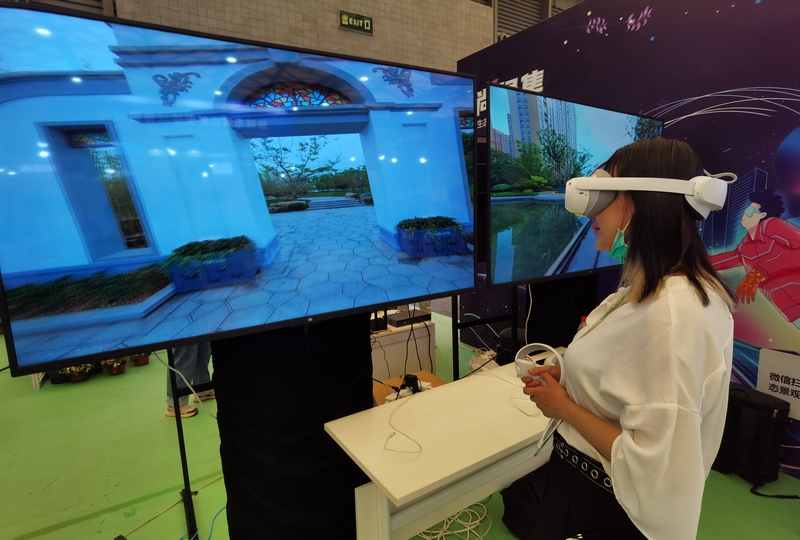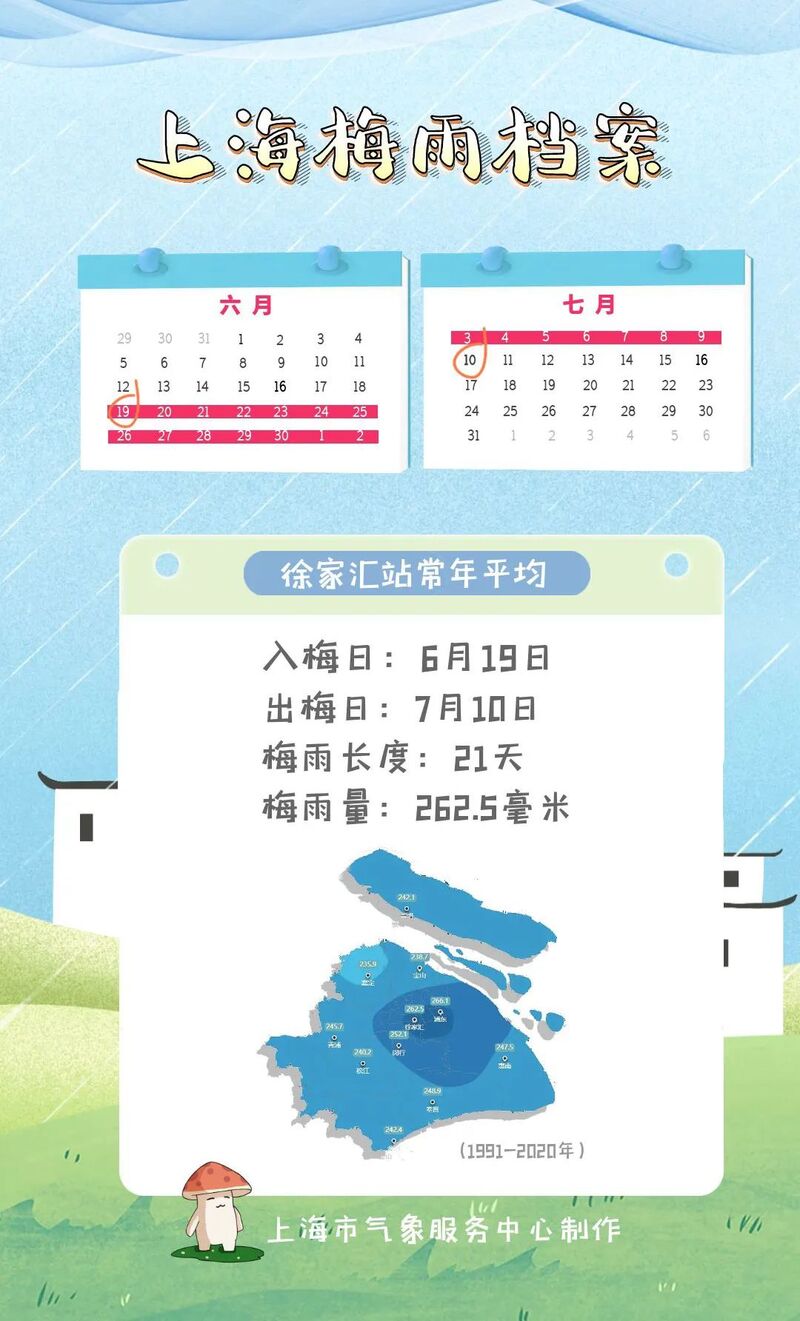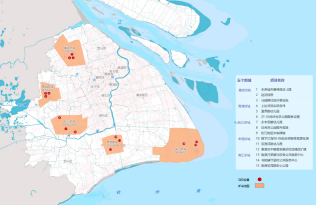Being replaced by blockchain, a paper voucher that has been used for 400 years will be phased out of history
On February 15th this year, nine leading shipping companies around the world signed a statement in Amsterdam, committing to 100% adoption of electronic bills of lading by 2030.
Paper bills of lading are one of the oldest documents in global trade, dating back to the 17th century. In the trade process, the bill of lading is an important document for shipping. Chen Sijia, CEO of Global Shipping Business Network, explained that when a ship arrives at its destination, customers must collect the goods with a bill of lading.
According to statistics, ocean carriers issue approximately 45 million bills of lading each year. In 2021, only 1.2% of it was electronic. It often happens that the ship has arrived, the paper bill of lading has not yet arrived, and the boxes and customers can only wait at the dock.
By 2030, digital technology will completely replace paper bills of lading, and this document format, which has lasted for four centuries, will exit the historical stage.
This means that industrial digitization has penetrated into an ancient industry, just like after the Industrial Revolution, various industries were transformed by steam engines. Today, one industry after another has been digitally transformed. The electronic bill of lading in the shipping industry is just the latest example.
At the Bund Conference that opened on the 7th, industry insiders claimed that digitalization of industries is the greatest deterministic opportunity.
Digital technology solves trust issues
Electronic bill of lading is the latest practice of digital industrialization. Behind electronic bills of lading is the popular blockchain technology in recent years. Blockchain is a decentralized distributed ledger technology used to record and verify immutable linked data structures of transactions or events.
Chen Sijia said that with blockchain based electronic bills of lading, customers can prove that they have the only right to pick up the goods. The electronic bill of lading ensures the authenticity of the content and circulation of the bill of lading, greatly simplifies the operational process, and improves collaboration efficiency. The paperless release of goods based on electronic bills of lading reduces the processing time of sea freight documents from a few days to several hours.
Whether it is a traditional paper bill of lading or an electronic bill of lading, the biggest function is to prove - to prove that one has the right to take delivery. And behind this lies the issue of commercial trust.
Jiang Guofei, Senior Vice President of Ant Group and President of Digital Technology Business Group, believes that the biggest obstacle to efficient collaboration in the industry is trust. Due to the involvement of multiple stakeholders, numerous links, and complex processes in industrial collaboration, it is easy to experience poor collaboration due to a lack of trust.
Firstly, distrust can cause transaction breakpoints, preventing transactions that could have been made from happening; Secondly, although transactions can be achieved, in order to solve the problem of distrust, all parties need to spend a lot of cost repeatedly checking and confirming some links, which will lead to a sharp increase in transaction costs in the industrial chain and a significant decrease in transaction efficiency.
Only by solving trust issues and breaking through breakpoints and bottlenecks can industrial cooperation be more smooth and efficient.
Frontier digital technology can help people establish digital trust, which is a key variable in accelerating industrial collaboration. It can enable real data and digital assets to flow reliably in the industrial chain, build an efficient digital collaboration system, thereby improving transaction efficiency and unleashing new energy in the industry.
If Alipay solves the trust problem of transactions between people, industrial digitalization solves the trust problem between enterprises and transactions between enterprises.
From single point digitization to industrial collaboration
The problem of trust has been solved, and the natural digitalization of industries has brought about the collaborative evolution of partners. The transformation of the physical industry from using digitalization to improve efficiency to using digitalization for collaboration is a huge shift. In the past, at the technical level, technology enterprises mainly invested in research and development in single point technologies such as blockchain technology and AIoT, actively empowering the digital development of industries. Nowadays, with the further integration of digital technology and industrial application scenarios, technology is moving from a single breakthrough to a new stage of comprehensive integration and connection.
In Jiang Guofei's view, in the development of relying on numbers to support reality, seeking single point technological breakthroughs is no longer a single proposition. Technology products should become a trusted adhesive between upstream and downstream industries, promoting a significant improvement in transaction efficiency, and thus generating new forms, opportunities, and new growth in business.
In terms of industrial applications, Ant Group utilizes big data and AI risk control capabilities to help bulk trader Hot Union Group upgrade its supply chain digitalization. Through intelligent supply chain risk control throughout the entire process, it has achieved risk management throughout the entire lifecycle of the supply chain for 10000 partners, greatly improving risk control efficiency. In the pre admission stage, efficiency increased by 85%, and in the post investigation stage, efficiency increased by 99%.
The latest China Digital Economy Development Report released by the China Academy of Information and Communication Research shows that the digital economy is accelerating with the innovation and evolution of digital technology and the deep integration of the Internet, big data, artificial intelligence and the real economy.
The report shows that in 2021, the scale of industrial digitization reached 37.18 trillion yuan, a nominal year-on-year growth of 17.2%, accounting for 81.7% of the digital economy and 32.5% of GDP. The digital transformation of industries continues to accelerate in depth.
Every industry has a strong demand for enhancing digital collaboration. Digital technology products help thousands of industries solve the breakpoints and blockages in industrial cooperation, establish a new digital trust, covering public services, shipping logistics, industrial manufacturing, the Internet, retail FMCG, cultural media and other important industries in national economic development. The digital trust created by technology has brought tangible and enormous value to these industries.
The data value network has given rise to a market worth billions of dollars
Industrial digitization relies on the aggregation, circulation, and efficient utilization of data resources. Industry insiders suggest that the government take the lead in promoting the aggregation and utilization of public data, encouraging various business entities to participate in the construction of data resource libraries in important fields such as public health, technology, and education, thereby driving enterprises to share and develop more social data, and unleashing the potential value of commercial data.
At the Bund Conference, Yu Chen, Managing Director of Boston Consulting, stated that industrial digitization will bring three important changes to the data element industry. Firstly, with the advancement of digitization, many industries, including logistics, trade, culture, entertainment, retail, and service, will gradually accumulate a large amount of data; Secondly, enterprise data can be transmitted and even processed more securely and with greater confidence, making the flow of data possible; The third point is that data can only maximize its value during the circulation process. With the development of industrial digitization, the value of data in enterprise operation will become increasingly high.
When the value creation of data is recognized, the demand for data will experience exponential growth. In the process of matching new data demand with new supply, various new intermediate links have emerged, which in turn drive changes in the overall data market pattern. IoT, machine learning, data security and other technologies accelerate the digitalization process in various industries, driving more data value creation.
How much market space will the data value network bring? Yu Chen proposed three "billion level" projects on site, including new infrastructure, new applications, and new supply. In the field of new infrastructure, the innovation and upgrading of data technology driven by AI, cloud, and security compliance will bring billions of market opportunities, especially in key sub sectors such as AI infrastructure, data security, and data governance platforms. In the field of new applications, the upgrading of traditional scenario models and the development of data value networks have brought about new business scenarios, giving rise to a market for billions of data applications and solutions. In the field of new supply, the dormant stock data of governments, telecommunications, and other industries has been opened up, and new data supply from other industries has emerged, promoting the release of billions of data value on the supply side.
Under the new opportunities in the data element market, which companies will benefit in the future? Yu Chen believes that industries with high levels of digitalization and high data concentration will have more advantages. Industries with high levels of digitalization have a richer accumulation of data. With the gradual improvement of data security systems and the support of technology, some important data may have the possibility of being supplied externally after being desensitized and encrypted. Industries with high data concentration, as data classification and classification protection are gradually implemented, policy boundaries are easy to determine, and infrastructure investment efficiency is high.
He suggests that data hub highland enterprises with abundant data resources should cooperate with technology tool providers, under the guidance of policy compliance, to develop unified standards and norms for data openness and use, and promote larger and more efficient data compliance openness. The entire industry should actively improve the level of data governance and the technical tool capabilities of data infrastructure, combined with policy guidance, to ensure the smooth operation of the data value network.




